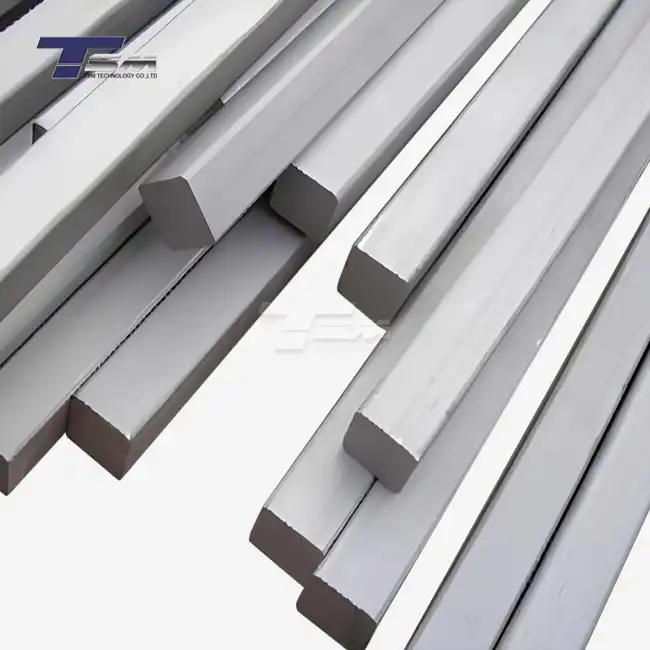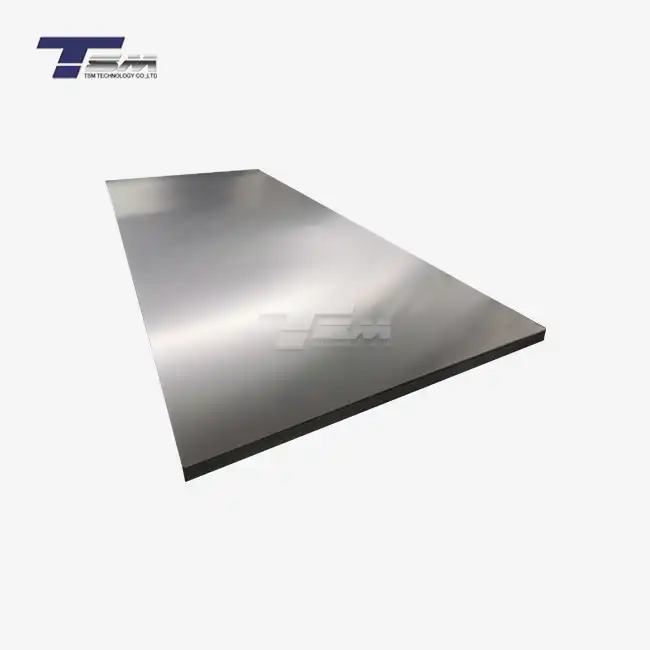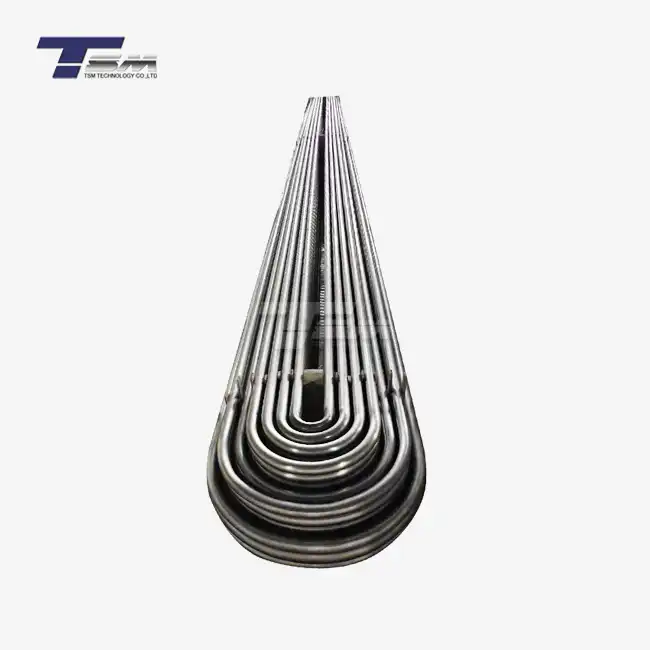- English
- French
- German
- Portuguese
- Spanish
- Russian
- Japanese
- Korean
- Arabic
- Greek
- German
- Turkish
- Italian
- Danish
- Romanian
- Indonesian
- Czech
- Afrikaans
- Swedish
- Polish
- Basque
- Catalan
- Esperanto
- Hindi
- Lao
- Albanian
- Amharic
- Armenian
- Azerbaijani
- Belarusian
- Bengali
- Bosnian
- Bulgarian
- Cebuano
- Chichewa
- Corsican
- Croatian
- Dutch
- Estonian
- Filipino
- Finnish
- Frisian
- Galician
- Georgian
- Gujarati
- Haitian
- Hausa
- Hawaiian
- Hebrew
- Hmong
- Hungarian
- Icelandic
- Igbo
- Javanese
- Kannada
- Kazakh
- Khmer
- Kurdish
- Kyrgyz
- Latin
- Latvian
- Lithuanian
- Luxembou..
- Macedonian
- Malagasy
- Malay
- Malayalam
- Maltese
- Maori
- Marathi
- Mongolian
- Burmese
- Nepali
- Norwegian
- Pashto
- Persian
- Punjabi
- Serbian
- Sesotho
- Sinhala
- Slovak
- Slovenian
- Somali
- Samoan
- Scots Gaelic
- Shona
- Sindhi
- Sundanese
- Swahili
- Tajik
- Tamil
- Telugu
- Thai
- Ukrainian
- Urdu
- Uzbek
- Vietnamese
- Welsh
- Xhosa
- Yiddish
- Yoruba
- Zulu
Guide to Monel 400: Insights and Advantages
Monel 400, a remarkable nickel-copper alloy, stands out in the world of superior alloys for its exceptional properties and versatile applications. This comprehensive guide delves into the insights and advantages of Monel 400, exploring its unique characteristics, diverse uses, and why it's a preferred choice in various industries. From its outstanding corrosion resistance to its impressive strength at high temperatures, Monel 400 continues to be a go-to material for engineers and manufacturers seeking reliable performance in challenging environments. Whether you're in aerospace, marine engineering, or chemical processing, understanding the capabilities of Monel 400 can be a game-changer for your projects.
Composition and Properties of Monel 400
Chemical Makeup and Alloy Design
Monel 400 is a binary alloy primarily composed of nickel (63-70%) and copper (remainder), with small amounts of iron, manganese, carbon, and silicon. This carefully balanced composition results in a material that combines the best properties of its constituent elements. The synergy between nickel and copper creates a unique alloy that surpasses the individual metals in terms of strength and corrosion resistance.

Physical and Mechanical Characteristics
The physical properties of Monel 400 make it an exceptional choice for various applications. It boasts a density of 8.80 g/cm³, a melting point of approximately 1350°C, and a thermal conductivity of 21.8 W/(m·K) at 20°C. Mechanically, Monel 400 exhibits impressive strength, with a typical yield strength of 240 MPa and tensile strength of 550 MPa in the annealed condition. Its ductility is noteworthy, with elongation values often exceeding 40%.
Corrosion Resistance Profile
One of Monel 400's most celebrated attributes is its superior corrosion resistance. It demonstrates excellent resistance to seawater and steam at high temperatures, making it invaluable in marine and power generation applications. The alloy's resistance to stress corrosion cracking in most freshwaters and its ability to withstand attack by many acids and alkalis further expand its utility across various industries.
Applications and Industries Leveraging Monel 400
Marine and Offshore Uses
In the marine sector, Monel 400 finds extensive use due to its exceptional resistance to seawater corrosion. It's commonly employed in propeller shafts, pump shafts, valves, and fittings exposed to seawater. Offshore oil and gas platforms rely on Monel 400 for components that require both strength and corrosion resistance in harsh marine environments. The alloy's ability to maintain its properties even in the presence of chlorides makes it an ideal choice for desalination plants and seawater-cooled heat exchangers.
Chemical Processing Equipment
The chemical industry benefits greatly from Monel 400's resistance to various corrosive substances. It's used in the fabrication of reaction vessels, heat exchangers, and piping systems that handle acids, alkalis, and organic compounds. In particular, its resistance to hydrofluoric acid, sulfuric acid, and caustic alkalis at moderate temperatures makes it indispensable in certain chemical processes. Monel 400's ability to maintain its integrity in both reducing and oxidizing environments further enhances its versatility in chemical processing applications.
Aerospace and High-Performance Applications
In the aerospace industry, Monel 400 finds applications where high strength and corrosion resistance are paramount. It's used in aircraft engine components, fasteners, and hydraulic system parts. The alloy's ability to maintain its properties at elevated temperatures makes it suitable for parts exposed to high-stress environments. Beyond aerospace, Monel 400 is utilized in nuclear power plants for reactor components and in the food processing industry for equipment that requires both corrosion resistance and the ability to maintain product purity.
Fabrication and Processing of Monel 400
Machining and Forming Techniques
Working with Monel 400 requires specific techniques to achieve optimal results. When machining, it's crucial to use sharp tools and maintain positive rake angles to prevent work hardening. The alloy's ductility allows for cold forming processes like deep drawing and spinning. However, its work hardening tendency necessitates frequent annealing between forming steps for complex shapes. Hot working is typically performed at temperatures between 1900°F and 2150°F (1038°C to 1177°C), followed by rapid cooling to maintain optimal properties.
Welding and Joining Methods
Monel 400 exhibits excellent weldability using various methods, including gas tungsten arc welding (GTAW), shielded metal arc welding (SMAW), and gas metal arc welding (GMAW). When welding, it's essential to use filler metals that match or exceed the composition of the base metal to maintain corrosion resistance. Proper cleaning and preparation of surfaces before welding are crucial to prevent contamination and ensure strong, defect-free joints. Post-weld heat treatment may be necessary for certain applications to relieve stresses and restore corrosion resistance.
Heat Treatment and Surface Finishing
Heat treatment of Monel 400 can significantly influence its properties. Annealing, typically performed at temperatures between 1600°F and 1800°F (871°C to 982°C), followed by rapid cooling, softens the material and improves ductility. For applications requiring higher strength, age hardening can be employed, although it's less common with Monel 400 compared to other nickel alloys. Surface finishing techniques such as pickling in a nitric-hydrofluoric acid solution can enhance corrosion resistance by removing surface oxides and contaminants. Electropolishing is another effective method for improving the surface finish and corrosion resistance of Monel 400 components.
Conclusion
Monel 400 stands as a testament to the ingenuity of metallurgical engineering, offering a unique combination of strength, corrosion resistance, and versatility. Its ability to withstand harsh environments while maintaining excellent mechanical properties makes it an invaluable material across various industries. From marine applications to chemical processing and aerospace, Monel 400 continues to prove its worth as a superior alloy. As industries evolve and face new challenges, the insights and advantages offered by Monel 400 position it as a material of choice for engineers and manufacturers seeking reliable, high-performance solutions. By understanding and leveraging the capabilities of Monel 400, businesses can enhance their product quality, extend equipment lifespan, and ultimately drive innovation in their respective fields.
Contact Us
For more information about Monel 400 and other superior alloys, please contact TSM TECHNOLOGY at info@tsmnialloy.com. Our team of experts is ready to assist you in finding the perfect alloy solution for your specific needs.
References
Davis, J.R. (2000). Nickel, Cobalt, and Their Alloys. ASM International.
Rebak, R.B. (2011). Nickel Alloys for Corrosive Environments. Materials Science and Technology.
Donachie, M.J., & Donachie, S.J. (2002). Superalloys: A Technical Guide. ASM International.
Revie, R.W., & Uhlig, H.H. (2008). Corrosion and Corrosion Control: An Introduction to Corrosion Science and Engineering. John Wiley & Sons.
Crook, P. (2005). Corrosion Resistant Nickel Alloys in Chemical Process Industries. Chemical Engineering Progress.
Klarstrom, D.L., Crook, P., & Wu, J. (2004). Metallurgical Factors Affecting the Corrosion Resistance of Nickel-Base Alloys. NACE International.
Learn about our latest products and discounts through SMS or email



